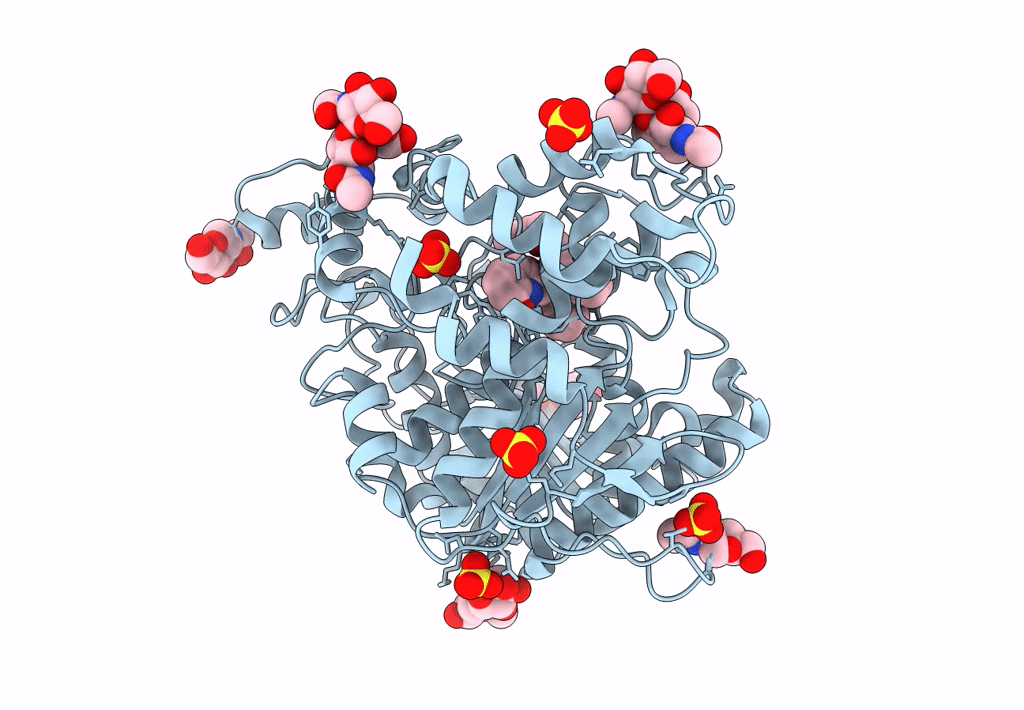
Deposition Date
2021-11-19
Release Date
2022-11-30
Last Version Date
2024-10-16
Entry Detail
PDB ID:
7QBQ
Keywords:
Title:
Human butyrylcholinesterase in complex with (Z)-N-benzyl-1-(8-hydroxyquinolin-2-yl)methanimine oxide
Biological Source:
Source Organism:
Homo sapiens (Taxon ID: 9606)
Host Organism:
Method Details:
Experimental Method:
Resolution:
2.49 Å
R-Value Free:
0.22
R-Value Work:
0.19
R-Value Observed:
0.19
Space Group:
I 4 2 2


